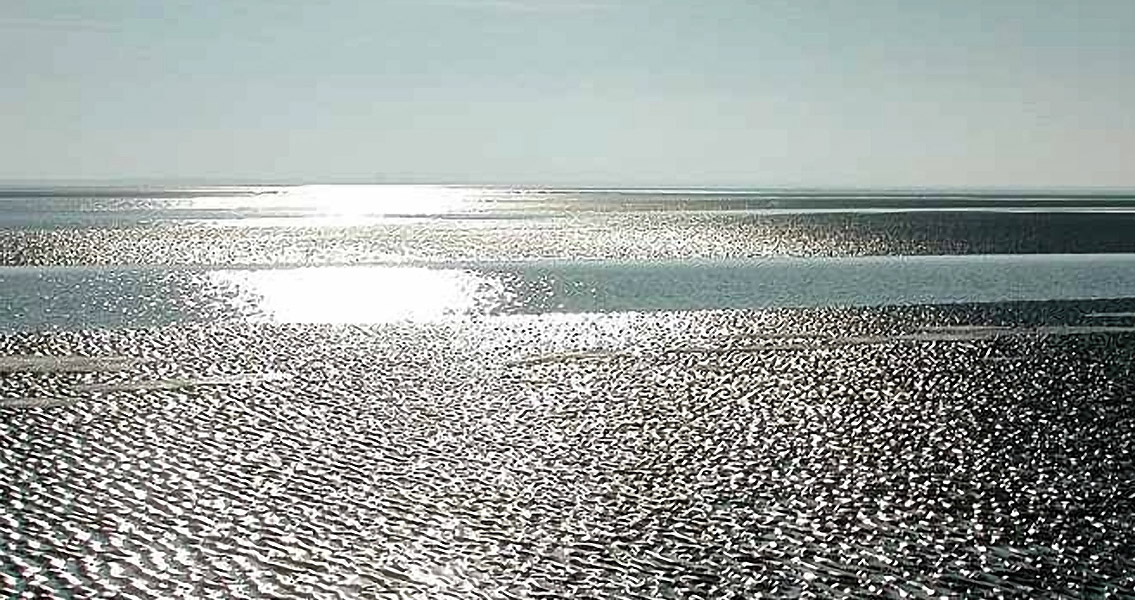<![CDATA[A sumptuous wardrobe consisting of near-priceless seventeenth-century clothing has been fished from a shipwreck in an intertidal zone near the island of Texel in the Netherlands known as the Wadden Sea. One of the most dazzling of finds in the wardrobe is a well-preserved gown that is so high-quality it is thought to have been the property of seventeenth century nobility or even royalty, according to an article in Popular Archaeology. Other textiles recovered from the wreck include satin and silk bodices heavily embroidered with silver and gold thread, stockings, and a cloak as well; additional finds recovered by divers include a gilded silver chalice, Italian pottery, and a collection of book covers emblazoned with the Royal House of Stuart’s coat of arms. Hordes of experts have descended on the find, with researchers from the Cultural Heritage Agency of the Netherlands (RCE), the University of Amsterdam and the Rijksmuseum in agreement that the shipwreck’s bounty of incredibly well-preserved textiles ranks among one of the most noteworthy clothing finds of all time in Europe. When viewed through the lens of the other artifacts recovered from the wreck, these same experts also agree that the find is one of the most incredible in the entirety of Dutch archaeological efforts - especially since the sunken ship can yield so much interrelated information, like a time capsule. Based on archival research, the wardrobe is likely to have been part of the royal court of Henrietta Maria of France, the wife of the English King Charles I. One of the queen’s baggage ships sunk in the Wadden Sea in March of 1642 as she was traveling to the Netherlands in secret. The wardrobe lost in the wreck would have belonged to one of two of the queen’s ladies-in-waiting; based on the size of the gown and the style, researchers speculate that it was the property of Jean Kerr, Countess of Roxburghe and one of the queen’s closest confidantes. The identity of the wardrobe was uncovered by the University of Amsterdam’s Helmer Helmers and Leiden University’s Nadine Akkerman, cultural historians that are well-respected experts on the House of Stuart. Based on an account that had been recorded by Elizabeth Stuart, sister of King Charles, which recounted how her sister-in-law had lost one of her baggage ships in the journey to the Netherlands, both Akkerman and Helmers were able to connect the dots quite easily; Akkerman had transcribed Princess Elizabeth’s letter himself a decade ago. Meanwhile, the secret trip the queen was making at the time has its own historical significance. Henrietta Maria was ostensibly delivering Mary, her 11-year-old daughter, to the Prince of Orange: William II, as they had been wed the year before. However, the actual mission she had been tasked with was to procure weapons for King Charles I to support the royalist side of the English Civil War against Parliament; the queen was to use the crown jewels to finance the purchase. A large number of shipwrecks line the seafloor off the coast of Texel, many from the same time period. Storms and severe weather claimed many as they waited for cargo to be loaded or for the winds to shift to a favorable position. Thanks to the sandy bottom of the Wadden Sea the contents of these wrecks are routinely preserved quite well, but with sea currents changing nearly constantly, these wrecks can often become dislodged from their final resting places, risking the destruction of priceless archaeological artifacts. Local and national organizations are hard at work to find solutions to safeguard these prospective finds.]]>
Royal Wardrobe Fished from Wadden Sea Shipwreck
